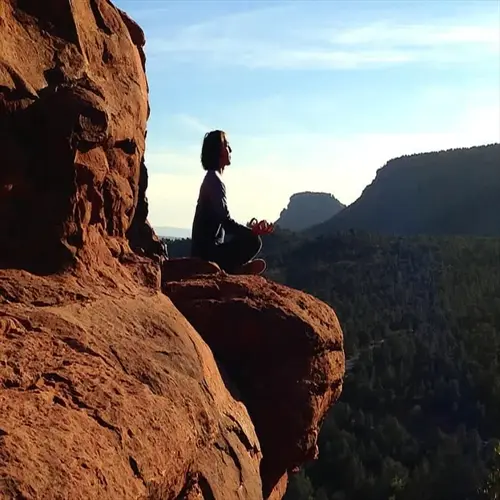How should one breathe during meditation?

Written by
Chen Jialiang
Reviewed by
Prof. William Dalton, Ph.D.Breathing naturally is meditation's foundation. Breathe through your nose, but don't force depth or rhythm. Notice the movement of air at the nostrils or rise of the belly. This awareness gently anchors attention. I teach my clients not to breathe in controlled ways. Natural patterns effectively calm the nervous system.
Nasal Pathway
- Inhale and exhale exclusively through the nose
- Nostril breathing filters air and regulates flow
- Creates natural resistance for optimal oxygen exchange
Sensation Focus
- Concentrate on physical feelings at nostrils or diaphragm
- Notice temperature changes during inhalation/exhalation
- This tactile anchor maintains present-moment awareness
Rhythm Awareness
- Observe natural pauses between breaths without alteration
- Accept variations in depth and speed without judgment
- Organic patterns regulate nervous system automatically
Implement breath counting for clarity of mind. Inhale silently from one to ten, then back to one. This drains the mind of its wandering desires. I often use this on days of chaos. Each cycle strengthens the lungs' ability to focus. The distractions become less draining.
Handle abnormal breathing without undue distress. Performed coughs or yawns are natural responses and return to observation. I let students know about the differences. Acceptance keeps the practice flowing. The drive for perfection interrupts the benefits of meditation.
Adjust techniques for physical conditions. Use chair support if diaphragm movement feels restricted. Breathe through the mouth during nasal congestion. I adapt for asthma clients. Comfort ensures sustainable practice.
Track breathing progress through subtle awareness. Notice calmer responses to daily stresses. Observe longer natural breath retention. I measure success through reduced reactivity. These organic changes validate the technique's effectiveness.
Read the full article: 10 Essential Meditation Tips for Beginners

